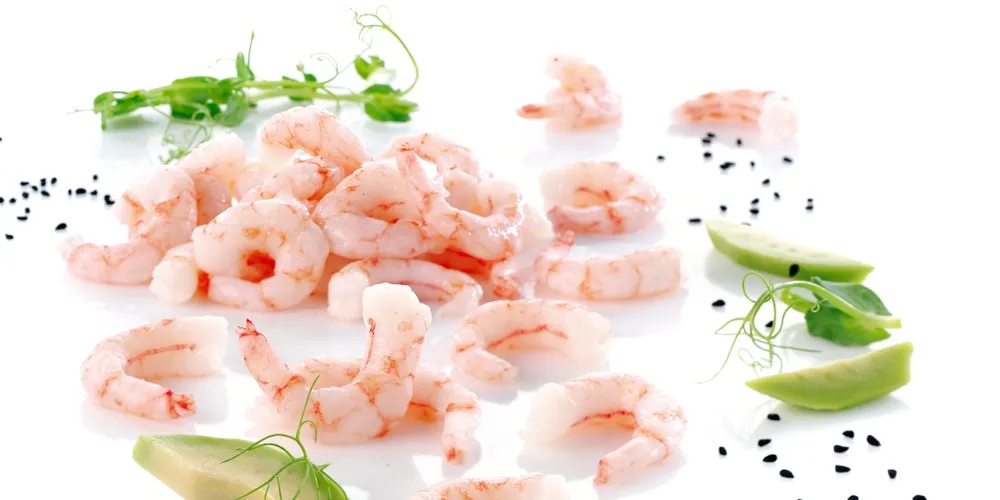ICWPF 2015 blog: China -- where everything is possible, but nothing is easy
The biennial event moves to Denmark in 2015, inviting the industry's key stakeholders to get an update on the status of the coldwater shrimp market from every angle. Keep checking back here to follow all the news from the conference.
